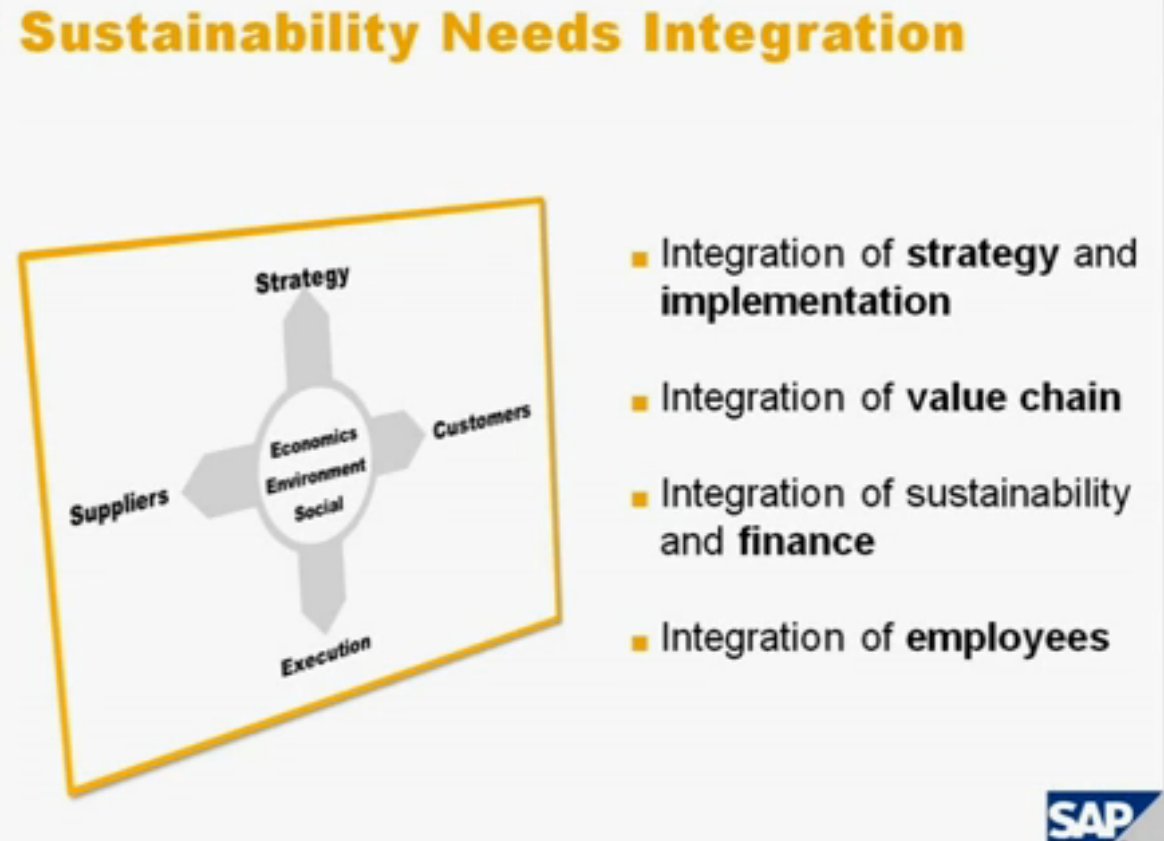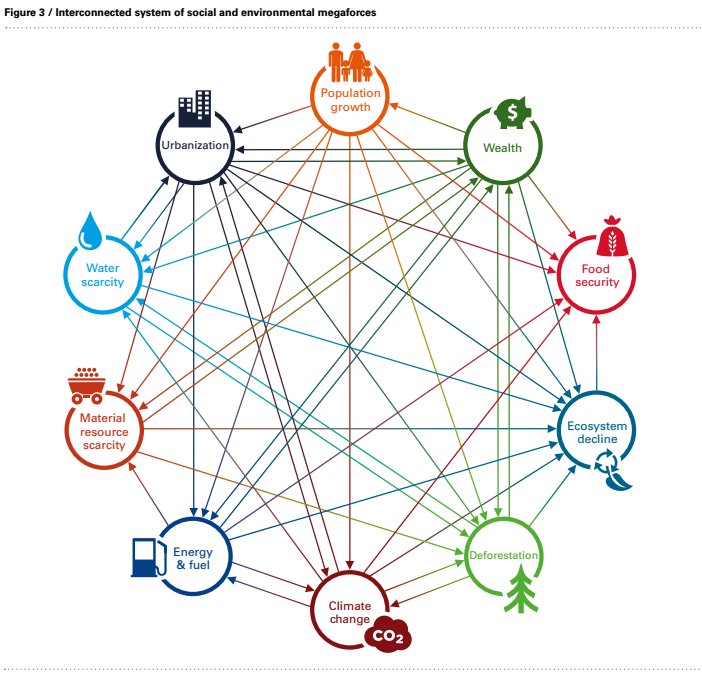|
|
TVM PROGRESS AND PERFORMANCE
PP from Others
commentary
|

450 335 // 365 272
|
|
This is very similar to the TVA framework. There are 3 main segments as in the TVA framework with the TVA People segment broken into Huamn Capital and Social Capital and the TVA People Built Systems (PBS) segment broken into only 2 pieces, Manufactured Capital and Financial Capital. The Intangible Capital of TVA PBS is missing in this diagram. Natural Capital is not broken down into sub-segments as it is in the TVA framework.
|
Sustainability described by The Economics Network UK
Box 1: Some views of sustainability
Most views of sustainability are concerned with the resource stock left for future generations. There are two common classifications of resources – the Five Capitals model (see below) and the conventional traditional classification into natural, human and man-made resources. Most discussion of sustainability by economists is in terms of the familiar three-resource model.
The Five Capitals
Manufactured Capital, Financial Capital, Natural Capital, Social Capital, Human Capital
Source: Forum for the Future
Much of the discussion of sustainability amongst economists is concerned with the relationship between economic activity and the natural environment. This reflects the existence of a large body of environmental economics research and literature and a less extensive oeuvre within ecological economics. It also reflects the urgency of issues surrounding climate change, resource depletion and pollution. It should be emphasised that any consideration of sustainable development should also discuss the conservation of all five capitals. Manufactured, financial and human capital are central to the conventional economics curriculum and not considered further here. Natural capital is the main focus below; however social capital should also be considered, albeit briefly, as it has escaped the attention of most economists. The concept of social capital originated in sociology (see, for example, Putnam, 2000) but has considerable currency in regional economics and is one of a multitude of diverse factors explaining differences in the performance of nations, regions and cities (Dasgupta, 2002). Social capital includes dimensions such as the strengths of institutions, behavioural tendencies towards collaboration, co-operation and mutual support, and strong community and interpersonal networks.
Various views of sustainability are discussed below, starting with the weakest formulation, in the sense that it imposes the least restriction on economic activity.
Very weak sustainability
The aggregate quantity of all resources is constant or increasing such that
ΔKn + ΔKp + ΔKh ≥ 0
Where there is substitutability between natural capital, Kn, manmade capital, Kp, and human capital, Kh. Under this view, Kn can be destroyed as a result of development providing one or both of Kh and Kp are increased to compensate. This represents a very limited view of the benefits that flow from the natural environment and incorporates little understanding of the life-supporting role of ecosystem services.
Weak sustainability
Under this view, other resources remain substitutable for natural capital but keystone elements and processes are not substitutable. These are essential for the survival of ecosystems and must be protected. This position can be criticised on the grounds that it pays only grudging attention to the most obvious susceptible elements of ecosystems while accepting a general degradation and depletion of Kn.
Strong sustainability
There is recognition of the lack of understanding of complex ecosystems. The approach introduces uncertainty and responds by adopting the precautionary principle and incorporating safe minimum standards. Under this perspective, the reduction in Kn is limited.
Very strong sustainability
Most ecological economists support definitions of sustainability that can be classed as very strong. An example is Herman Daly's four operating principles:
- Renewable resources: the rate of harvest should be less than or equal to the population growth rate
- Pollution: waste discharges should be below assimilative capacity and cumulative pollutants reduced to as close to zero as possible.
- Non-renewables: the benefits from exploitation should be split between distributed profits and investment such that a renewable substitute is available at depletion
- Macroeconomic controls: minimise physical material and energy throughput in the economy and control population growth
The technological fix
It is easy to stimulate discussion of views of sustainability around one or two issues of wide concern such as climate change, water resource shortages or marine acidification. A starting point might be to set students in groups to prepare an assessment of one or more of these problems to present to the class. Then, after each presentation, ask the class as a whole 'what can be done about it?' Usually a range of positions emerges ranging from 'no growth' through to 'science will find a solution'.
|

|
|
There is a growing recognition that performance must embrace not only the profit dimension, but should comprise social, economic and environmental. This SAP image shows this, but it also highlights the continuing concept that the corporate organization is at the center of this universe. TVA frames the system with people and society at the center of the system.
|
|
////////////////////////////////////////////////////////
|

Figure 4 from the KPMG report.
|

|
... Deforestation
... Climate Change / CO2
... Energy and Fuel
... Material Resource Scarcity
... Water Scarcity
... Population Growth
... Wealth
... Urbanization
... Food Security
... Ecosystem Decline
|

|
'http://truevaluemetrics.org/DBpdfs/ImpactAccounting/KPMG-A-New-Vision-of-Value-2014.pdf'
|
Open PDF ... KPMG-A-New-Vision-of-Value-2014.pdf
|

|
'http://truevaluemetrics.org/DBpdfs/ImpactAccounting/KPMG-A-New-Vision-of-Value-2014.pdf'
|
Open PDF ... KPMG-A-New-Vision-of-Value-2014.pdf
|

|
|
|
|

